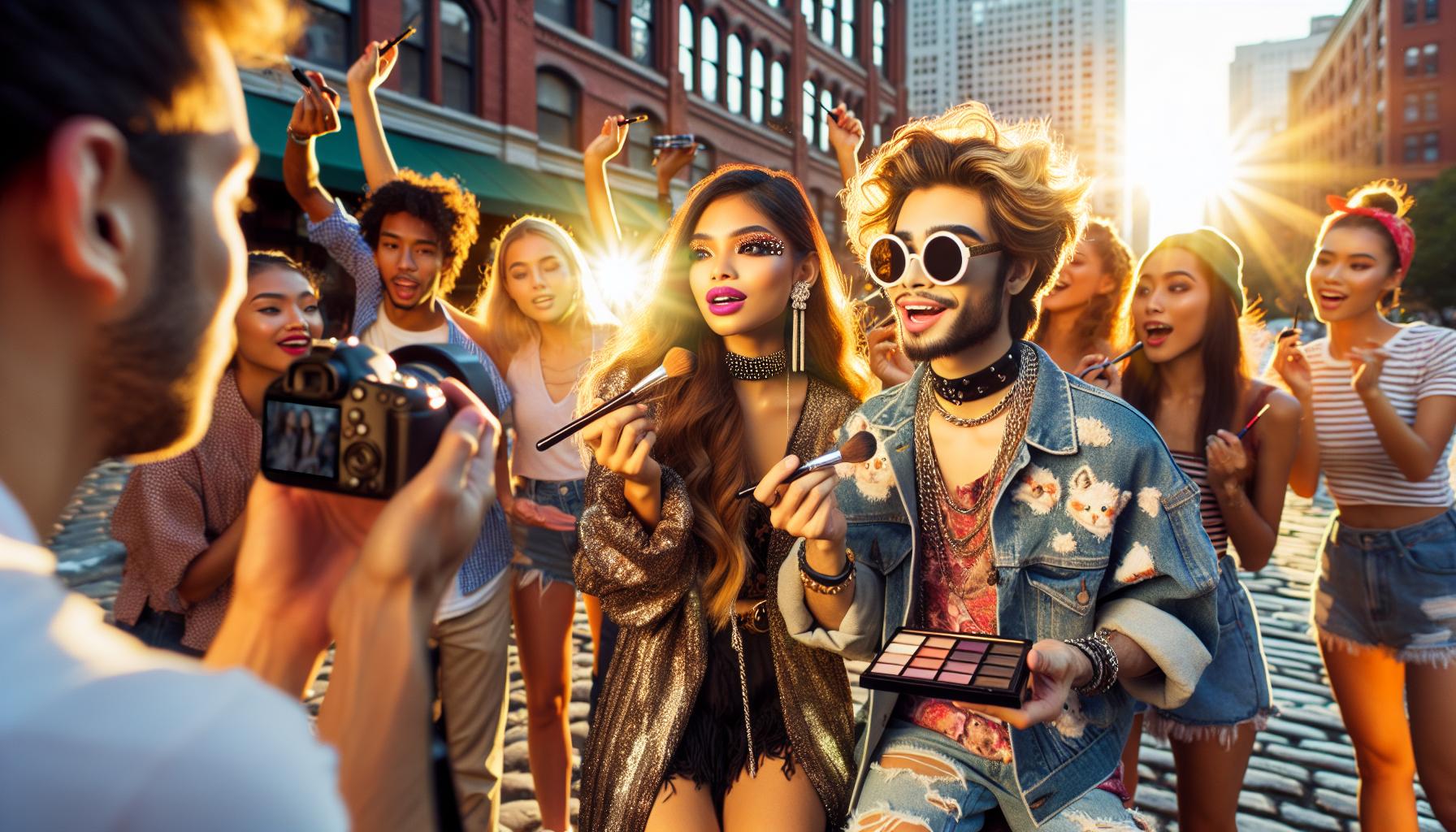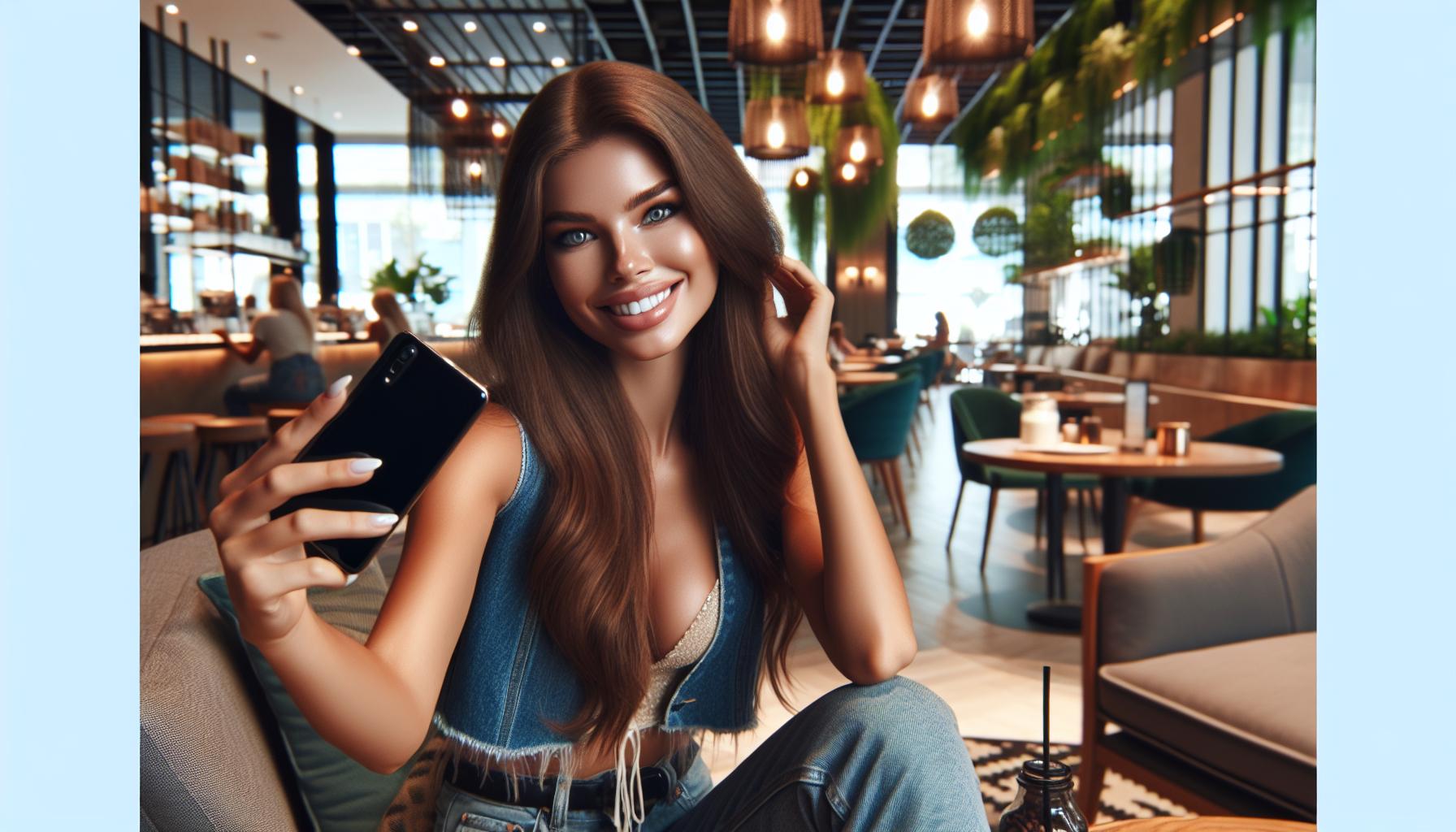In a world where selfies reign supreme and hashtags are a second language, social media influencers have become the modern-day celebrities. But when did this phenomenon take off? It’s hard to imagine a time when scrolling through curated feeds and watching perfectly staged videos didn’t dominate our daily lives. The rise of influencers didn’t happen overnight. It’s a story of clever marketing, a sprinkle of charisma, and a whole lot of internet magic. From the early days of blog posts to the explosion of Instagram and TikTok, these digital trendsetters have transformed how brands connect with audiences. So buckle up as we dive into the timeline of social media influencers and discover how they went from everyday users to the kings and queens of the online realm.
When Did Social Media Influencers Become a Thing
The journey of social media influencers began in the early 2000s with blogging platforms like Blogger and WordPress. Many individuals started sharing personal experiences and product reviews, slowly gaining dedicated followings. As social media evolved, platforms such as Instagram launched in 2010, providing new avenues for visual storytelling.
Content creators began leveraging these platforms to showcase lifestyle, fashion, and travel, merging personal branding with creativity. By 2015, influencers were collaborating with brands, turning their authentic voices into marketing powerhouses. The accessibility of smartphones aided this growth, allowing users to capture high-quality images and videos on the go.
The influencer marketing industry is projected to reach $16.4 billion by 2022, illustrating its immense economic impact. According to a survey, 49% of consumers rely on influencers’ recommendations when making purchase decisions. Various niches emerged, from fashion to gaming, captivating diverse audiences.
Influencers also embraced emerging trends, like live streaming and short-form videos, particularly on TikTok. Brands recognized influencers as vital assets, utilizing their unique styles to connect with target demographics. Through strategic engagement with followers, influencers cultivated loyal communities, integrating authenticity into their content.
With the constant evolution of technology, influencers continue adapting to new platforms. They now engage in diverse content formats, including podcasts and webinars. Today’s influencers blend creativity with analytics, ensuring their messages resonate with audiences while driving brand awareness.
Early Days of Social Media

The early days of social media set the foundation for influencer culture. Individuals initially shared experiences through text-based platforms.
Platforms That Launched Influencer Culture
Key platforms like Blogger and WordPress emerged in the early 2000s. These blogging sites allowed users to express thoughts and opinions on various topics. Communities began to form around shared interests, compelling ordinary people to attract dedicated followers. Instagram’s launch in 2010 significantly changed the landscape, emphasizing visual content. This shift enabled users to curate their lives through compelling images, leading to the rise of lifestyle influencers. Additionally, Facebook and Twitter played crucial roles by connecting users and facilitating real-time conversations. They encouraged sharing, increasing visibility for emerging content creators and their messages.
Key Figures in Early Influencing
Early influencers came from diverse backgrounds, making a notable impact. Fashion bloggers like Chiara Ferragni gained attention through personal style posts. YouTube creators, such as Michelle Phan, showcased makeup tutorials that captivated viewers. These figures established themselves as authentic voices in their niches, showcasing expertise and engaging with their audiences. Their relatability attracted brands, which began recognizing the power of influencer marketing. Cultivating partnerships opened the door for new promotional strategies that leveraged individual creativity. As these influencers grew in popularity, they laid the groundwork for the expansive influencer marketing industry seen today.
The Evolution of Influencer Marketing

Influencer marketing has transformed significantly over the years, changing how brands and consumers interact. Authentic user engagement became a pivotal factor in this evolution.
Changes in User Engagement
Increased interaction through platforms led to a more engaged audience. Users began seeking genuine connections with influencers, moving beyond simple product endorsements. Engagement metrics shifted, emphasizing likes, shares, and comments as indicators of influence. Authenticity played a critical role, with consumers favoring influencers who shared relatable content. These evolving expectations prompted influencers to curate their images more carefully, often blending personal storytelling with brand partnerships. Consequently, followers grew more invested in influencers’ lives, viewing them as trusted sources.
Impact of Brands on Influencer Growth
Brands recognized the potential of influencer marketing early on, leading to strategic collaborations. These partnerships allowed brands to tap into influencers’ established audiences, facilitating access to niche markets. Investment in influencer marketing surged, with forecasts indicating the industry reaching $16.4 billion by 2022. Successful campaigns often leveraged influencers’ unique storytelling skills, enhancing brand visibility and consumer trust. As brands adapted to user preferences, they favored influencers who aligned with their values and target demographics. This mutual benefit fueled influencer growth, solidifying their role as vital marketing assets.
The Mainstream Breakthrough

Social media influencers reached mainstream recognition through strategic growth and content creativity. Their emergence reshaped marketing and brand engagement.
Major Trends and Changes
Visual content gained dominance with the rise of platforms like Instagram, driving audiences toward visual storytelling. Influencers began focusing on niche markets and authentic engagement to enhance their appeal. By prioritizing genuine interactions, influencers fostered trust, leading to increased followership. Engagement metrics evolved, emphasizing likes, shares, and comments, reflective of audience preferences. A notable shift occurred as brands recognized the necessity of integrating influencer marketing into their strategies for better reach and visibility. This evolution paved the way for influencers to become essential marketing assets for brands targeting specific demographics.
Case Studies of Successful Influencers
Chiara Ferragni exemplified the effective use of social media for brand partnerships. Initially a fashion blogger, she built a substantial following by sharing personal style and lifestyle content. As a result, major brands sought her out for collaborations, establishing her as a key influencer in the fashion industry. Another significant case is Michelle Phan, a pioneer in beauty content on YouTube. She leveraged her expertise in makeup tutorials to create a loyal community. Brands were quick to partner with her, tapping into her relatable persona and extensive reach. These case studies illustrate how influencers successfully navigated the landscape, turning their personal passions into powerful platforms for brand engagement.
Current Landscape of Influencer Marketing
Influencer marketing continues to evolve rapidly, shaping the relationship between brands and consumers. Social media platforms serve as the primary battleground, with influencers driving significant engagement.
Different Types of Influencers
Micro-influencers often have dedicated followings ranging from 1,000 to 100,000. Their authenticity fosters strong connections, making them appealing to brands. Macro-influencers, on the other hand, boast followers from 100,000 to 1 million, allowing for broader outreach. Celebrities typically exceed the 1 million follower mark, leveraging their fame to influence purchasing decisions. Niche influencers focus on specialized interests, drawing audiences with targeted content. Diverse types of influencers cater to various demographics, making collaboration opportunities limitless for brands.
Challenges and Opportunities
Influencer marketing faces numerous challenges, including authenticity concerns and saturation in the market. Brands must ensure partnerships align with their values and resonate with the audience. Compliance with regulations, such as disclosing sponsored content, complicates influencer campaigns. Nevertheless, opportunities abound, as investments in influencer marketing are projected to reach $16.4 billion. Engaging micro and niche influencers allows brands to tap into highly engaged communities. Data-driven strategies enhance campaign effectiveness, providing insights to optimize future collaborations. The rise of social media influencers marks a significant shift in marketing and consumer engagement. From humble beginnings in blogging to dominating platforms like Instagram and TikTok, influencers have transformed the way brands connect with audiences. Their ability to create authentic content has fostered trust and loyalty among followers, making them indispensable in modern marketing strategies. As the industry continues to evolve, the potential for collaboration and innovation remains vast. Brands that adapt to these changes will thrive in a landscape where influencer partnerships can drive meaningful connections and enhance brand visibility.

